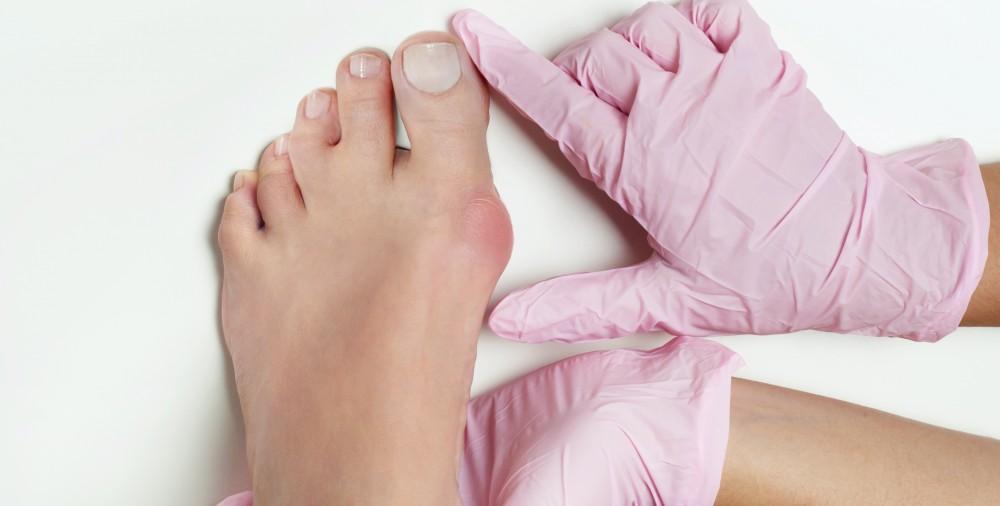
Do All Bunions Require Surgery?

It’s hard to miss the telltale signs of a bunion. This common foot deformity develops in the joint at the base of the big toe, causing it to turn inward instead of point straight ahead. These changes can cause the misaligned toe to become stiff and painful.
As an experienced podiatrist at South Denver Podiatry in Littleton, Colorado, Karolina Varnay, DPM, understands that not all bunions are created equal. Therefore, they each require a personalized treatment strategy. If you have a bunion, Dr. Varnay offers these insights into your treatment options and when surgery could be the best solution.
The problem with bunions
Bunions cause an obvious deformity in the big toe. However, this misalignment can also put pressure on neighboring toes and force them into abnormal positions, too. As a result, bunions can lead to a variety of foot issues, including:
- Corns and calluses
- Blisters and sores
- Hammertoe, which is an abnormal bend in the middle of a toe joint
- Bursitis, which is inflammation of the fluid-filled pads cushioning the toe joints
- Metatarsalgia, which is swelling and discomfort in the ball of the foot
- Skin and bone infections, especially if you have diabetes or peripheral arterial disease
All of these issues can also increase foot discomfort and make it difficult to walk.
Finding bunion relief
Fortunately, there are several options to treat bunions, and Dr. Varnay starts with the most conservative options whenever possible.
First, Dr. Varnay evaluates the severity of your bunion and looks for other associated issues, such as hammertoe and arthritis. She also considers your age, health, and overall goals to ensure your treatment option will provide the best outcome based on your individual needs.
In many cases, Dr. Varnay can help relieve pain and pressure on your bunion by taking conservative action. These strategies often include:
- Wearing roomy, comfortable shoes with plenty of toe space
- Adding padding to ease pressure between your shoe and foot
- Using custom-made orthotic inserts to improve foot-pressure distribution
- Taking oral anti-inflammatory pain relievers
- Prescribing cortisone medications or AmnioFix® stem cell therapy
- Undergoing physical therapy to strengthen key foot muscles
These treatments may provide significant relief for bunion symptoms. However, if your pain continues worsening, or if you have a severe deformity, Dr. Varnay may recommend surgical solutions.
When surgery is the answer
Dr. Varnay always relies on foot surgery as a last resort, but sometimes it can offer the best solution for severe foot deformities. At South Denver Podiatry, this could involve a few different approaches.
Bunion surgery
Bunion surgery, or bunionectomy, works to straighten the big toe by correcting the abnormal angle in the joint. In some cases, it may also involve removing damaged or swollen tissue in the area.
Lapidus surgery
During this procedure, Dr. Varnay corrects your bunion by fusing the joint at the base of your big toe with a small bone in the middle part for your foot.
In many cases, you can walk immediately after your bunion procedure, but complete healing may take weeks to months.
If you have a bunion, we can help you get the relief you seek. To learn more, book an appointment over the phone with South Denver Podiatry today.
You Might Also Enjoy...


Can You Fix a Weak Ankle? When to Consider Surgical Stabilization

Is Bunion Surgery Painful and What Does Recovery Entail?

What to Expect During and After Morton's Neuroma Surgery

How Successful Is Plantar Fasciitis Surgery?


